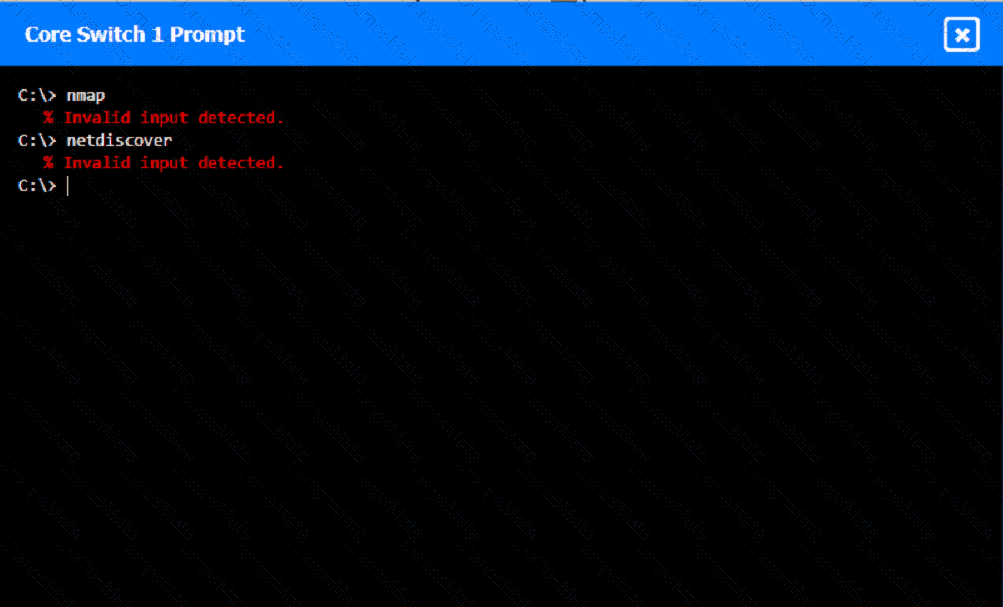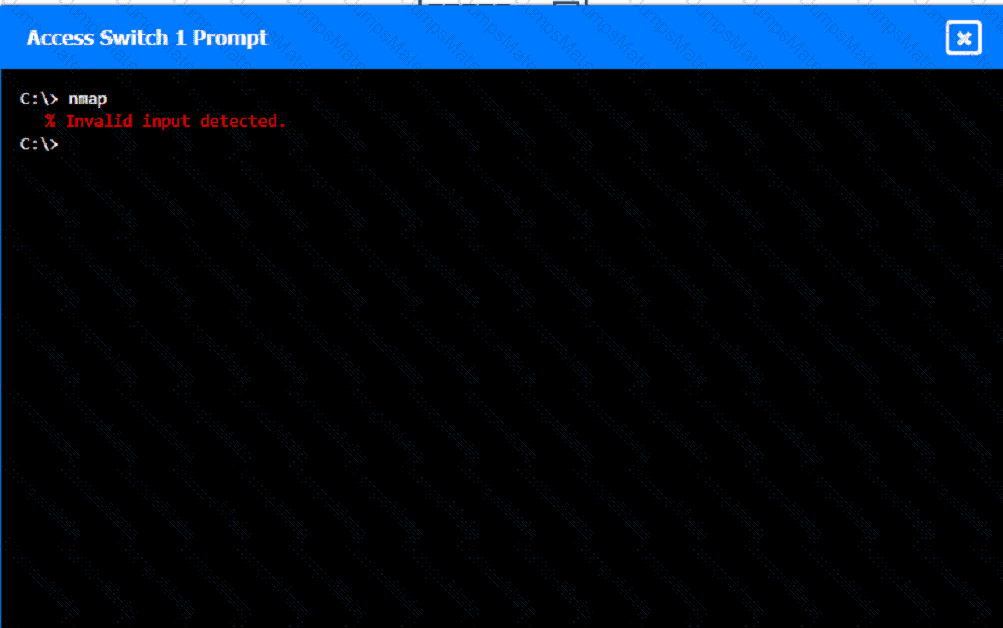An employee has a new laptop and reports slow performance when using the wireless network. Switch firmware was updated the previous night. A network administrator logs in to the switch and sees the following statistics on the switch interface for that employee:
98469 packets input, 1681937 bytes, 0 no buffer
Received 1548 broadcasts (25285 multicasts)
65335 runts, 0 giants, 0 throttles
11546 input errors, 5 CRC, 0 frame, 0 overrun, 0 ignored
0 input packets with dribble condition detected
22781 packets output, 858040 bytes, 0 underruns
0 output errors, 89920 collisions, 0 interface resets
0 babbles, 0 late collision, 0 deferred
0 lost carrier, 0 no carrier
0 output buffer failures, 0 output buffers swapped out
Which of the following is most likely the cause of the issue?



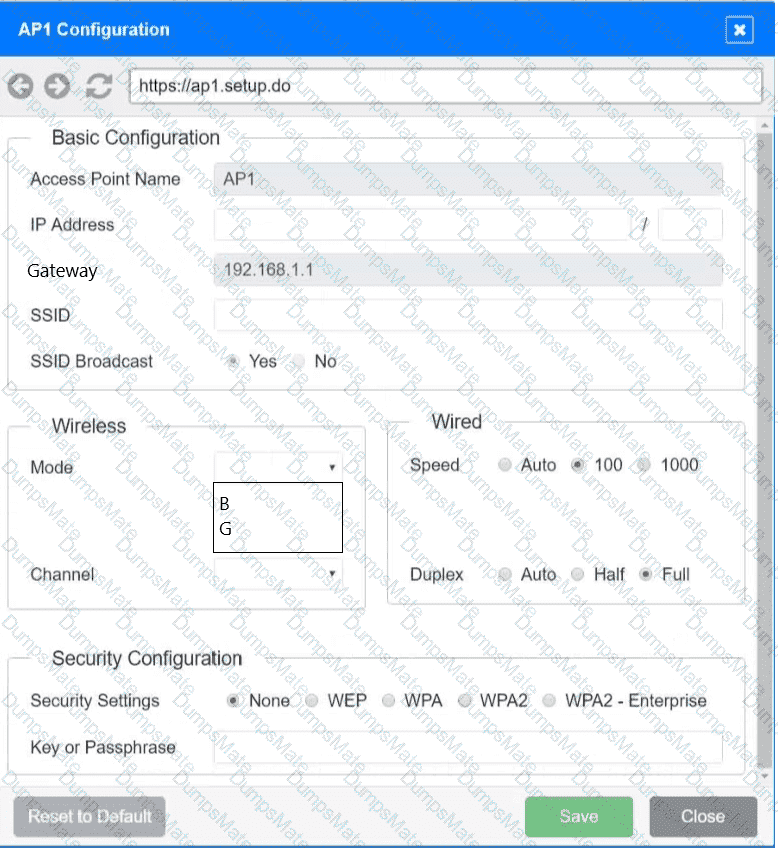
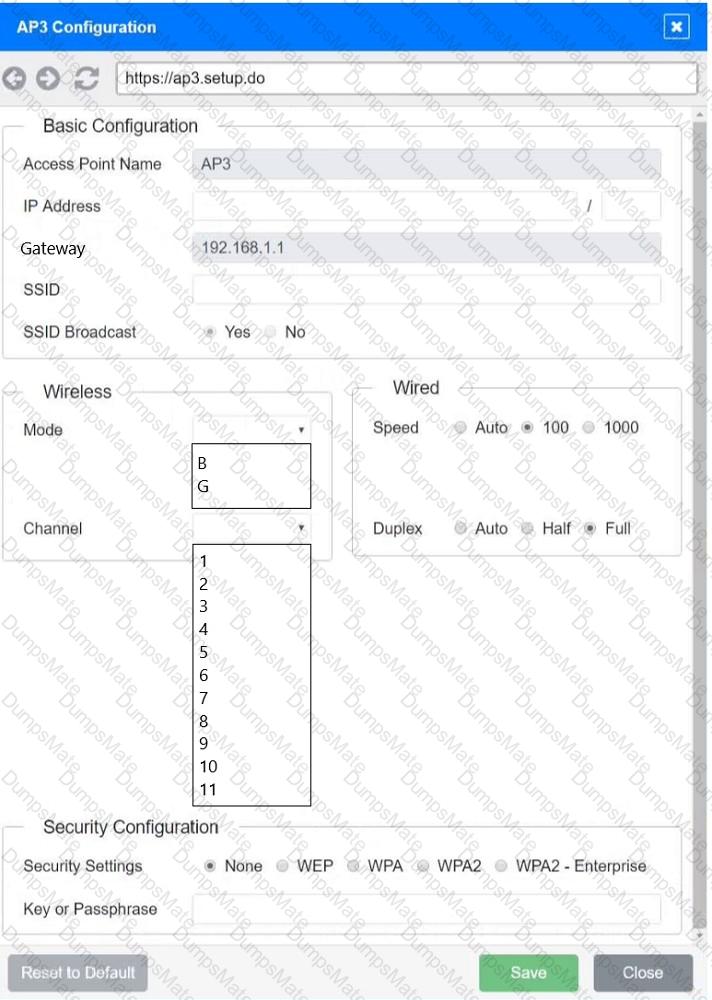
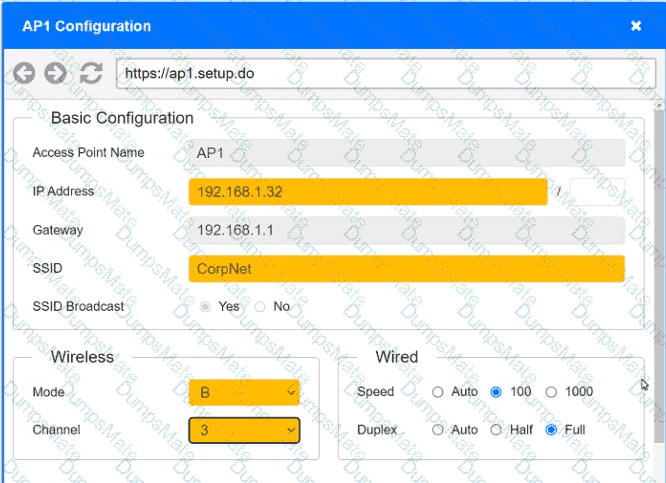 A screenshot of a computer AI-generated content may be incorrect.
A screenshot of a computer AI-generated content may be incorrect. A screenshot of a computer AI-generated content may be incorrect.
A screenshot of a computer AI-generated content may be incorrect. A screenshot of a computer AI-generated content may be incorrect.
A screenshot of a computer AI-generated content may be incorrect.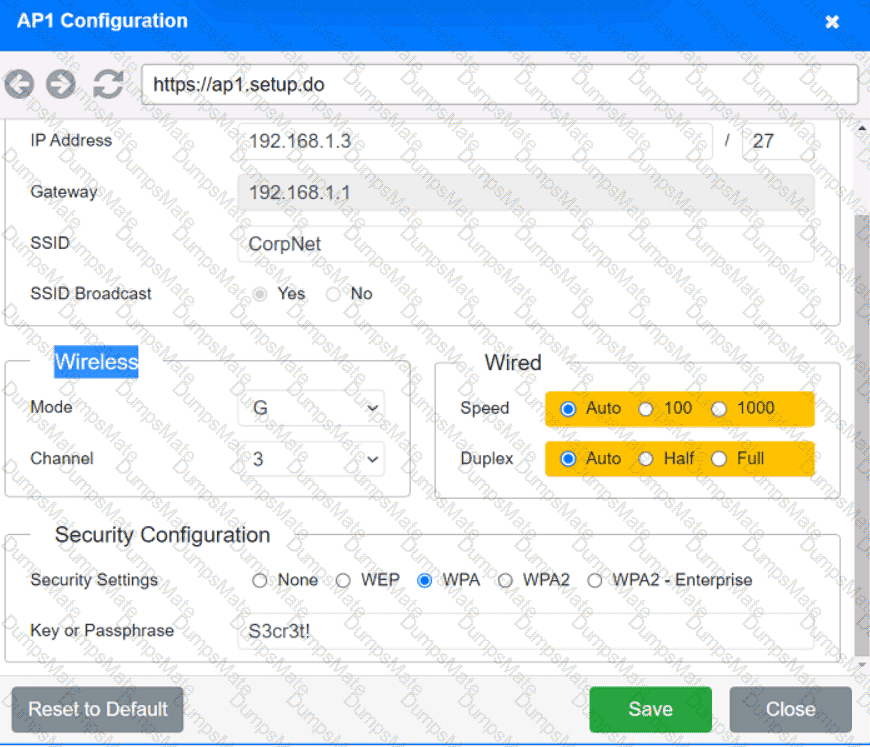 A screenshot of a computer AI-generated content may be incorrect.
A screenshot of a computer AI-generated content may be incorrect.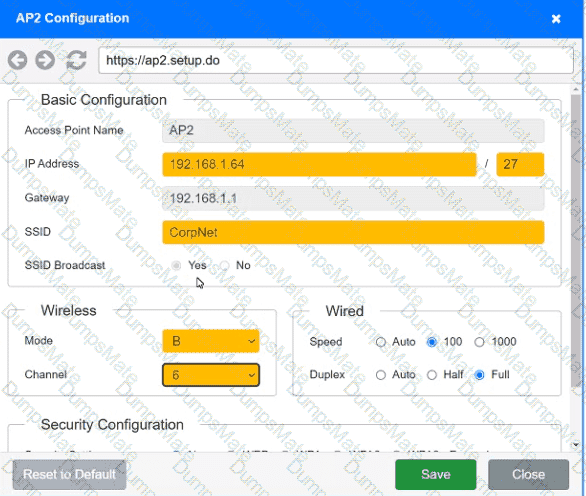 A screenshot of a computer AI-generated content may be incorrect.
A screenshot of a computer AI-generated content may be incorrect.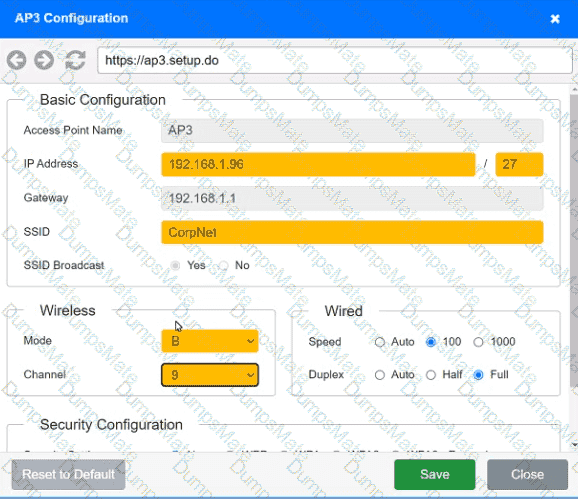 A screenshot of a computer AI-generated content may be incorrect.
A screenshot of a computer AI-generated content may be incorrect. A screenshot of a computer AI-generated content may be incorrect.
A screenshot of a computer AI-generated content may be incorrect.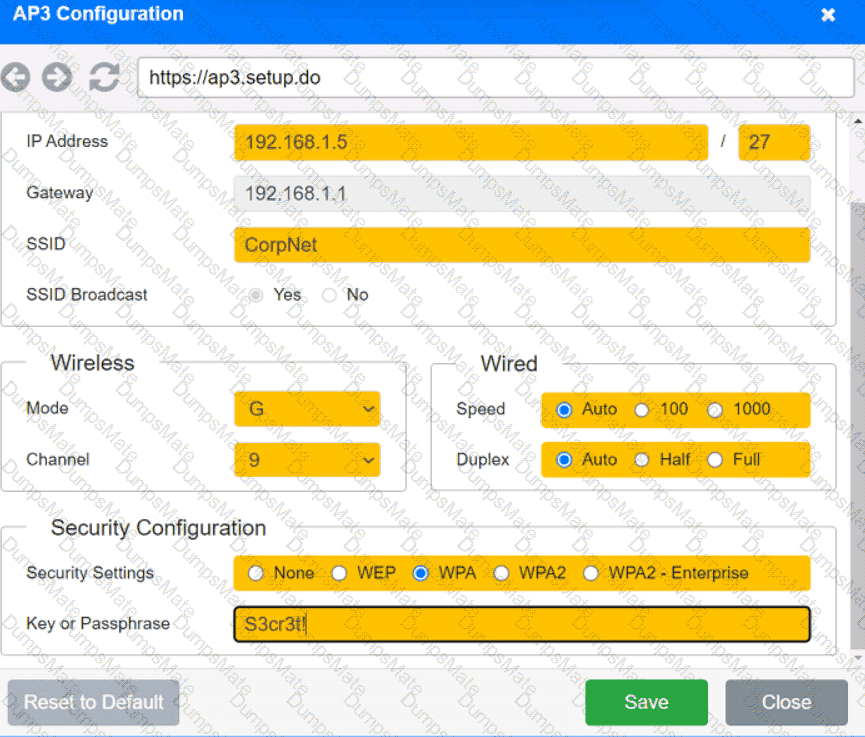 A screenshot of a computer AI-generated content may be incorrect.
A screenshot of a computer AI-generated content may be incorrect.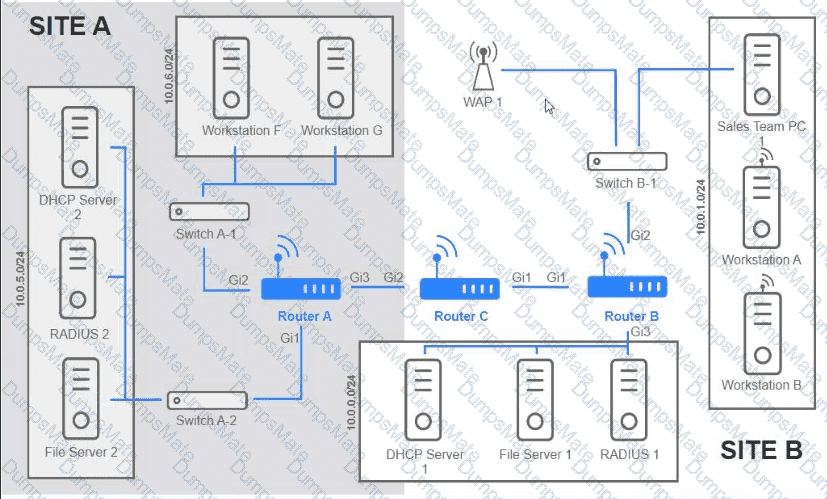
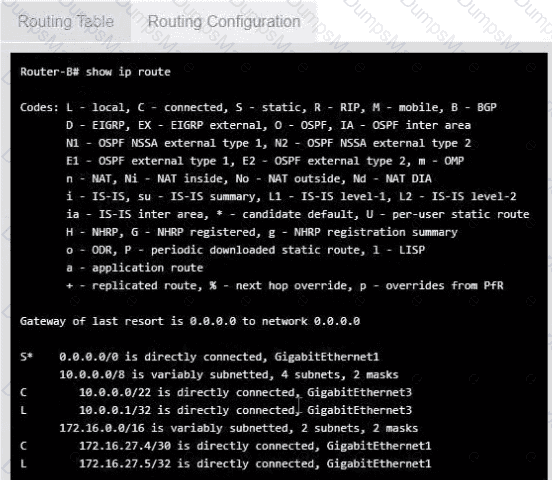
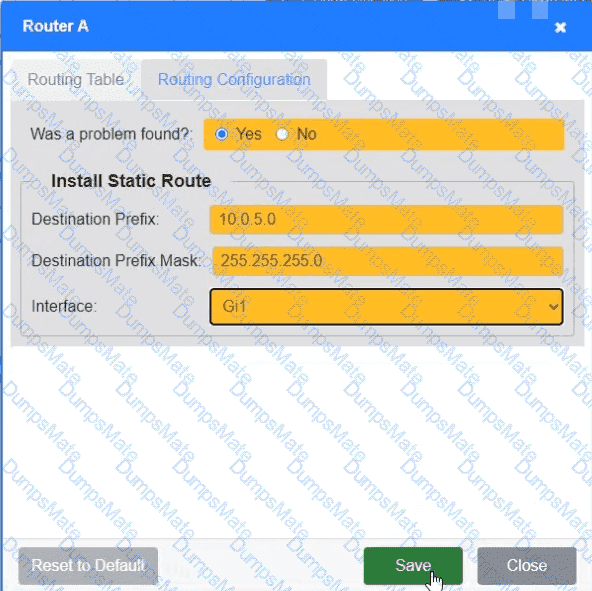 A screenshot of a computer AI-generated content may be incorrect.
A screenshot of a computer AI-generated content may be incorrect.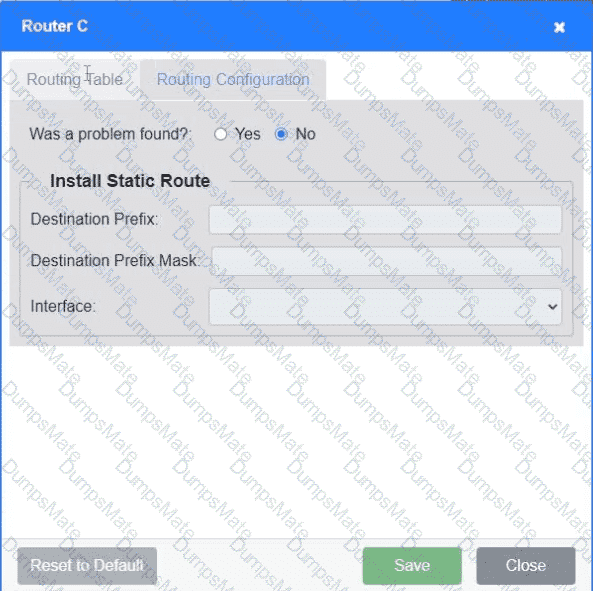 A screenshot of a computer AI-generated content may be incorrect.
A screenshot of a computer AI-generated content may be incorrect.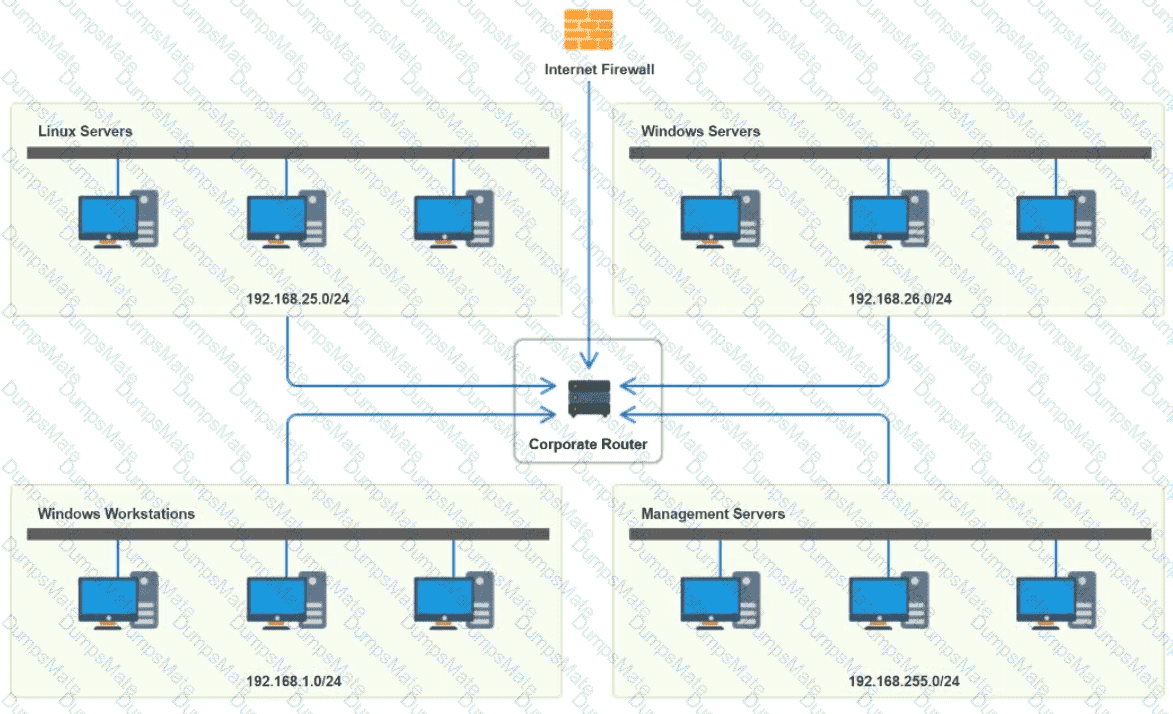
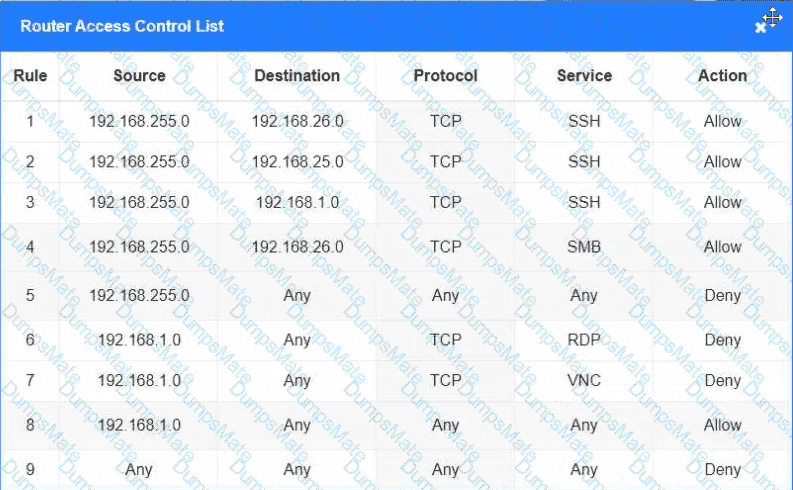 A screenshot of a computer screen AI-generated content may be incorrect.
A screenshot of a computer screen AI-generated content may be incorrect.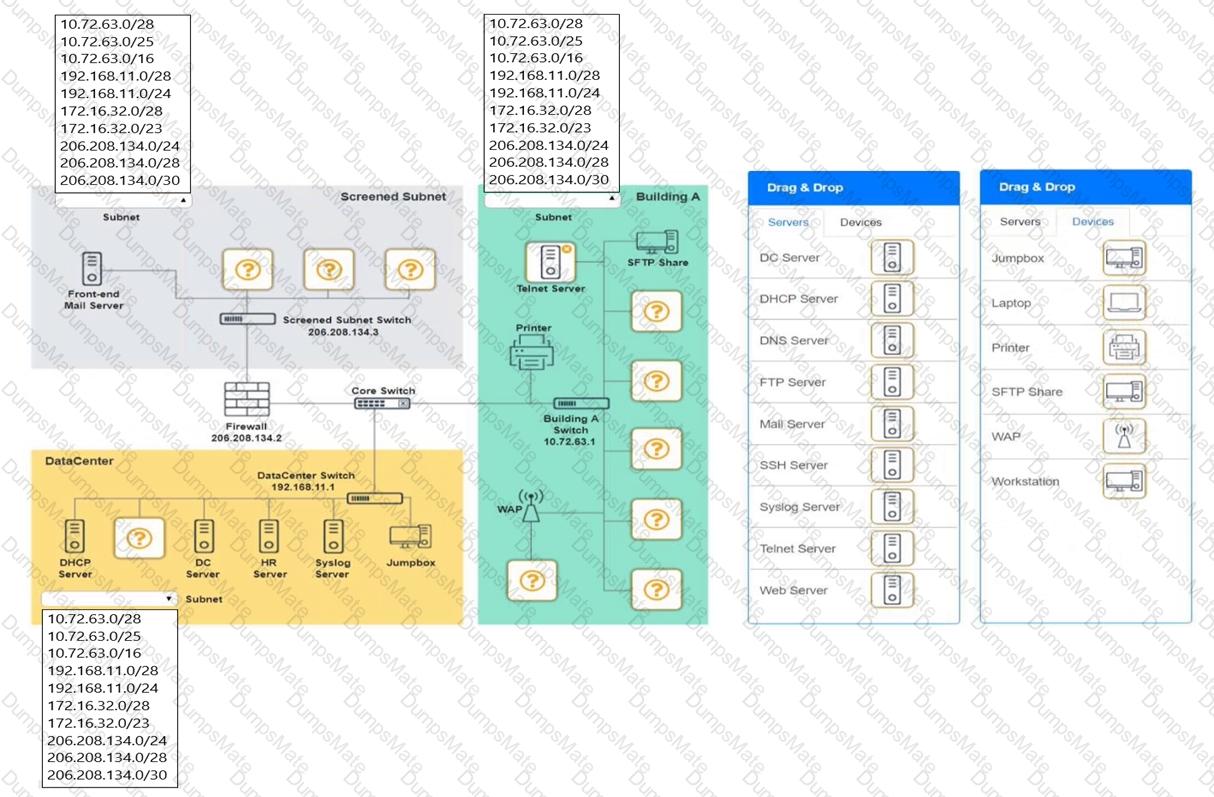
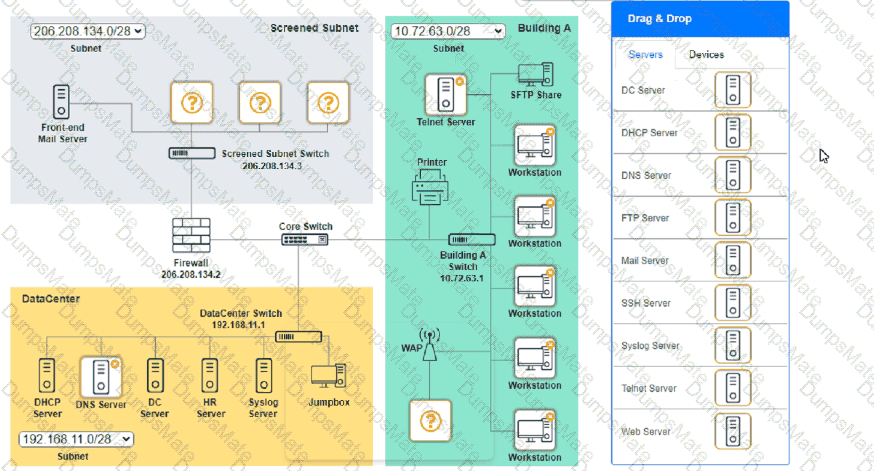 A screenshot of a computer AI-generated content may be incorrect.
A screenshot of a computer AI-generated content may be incorrect.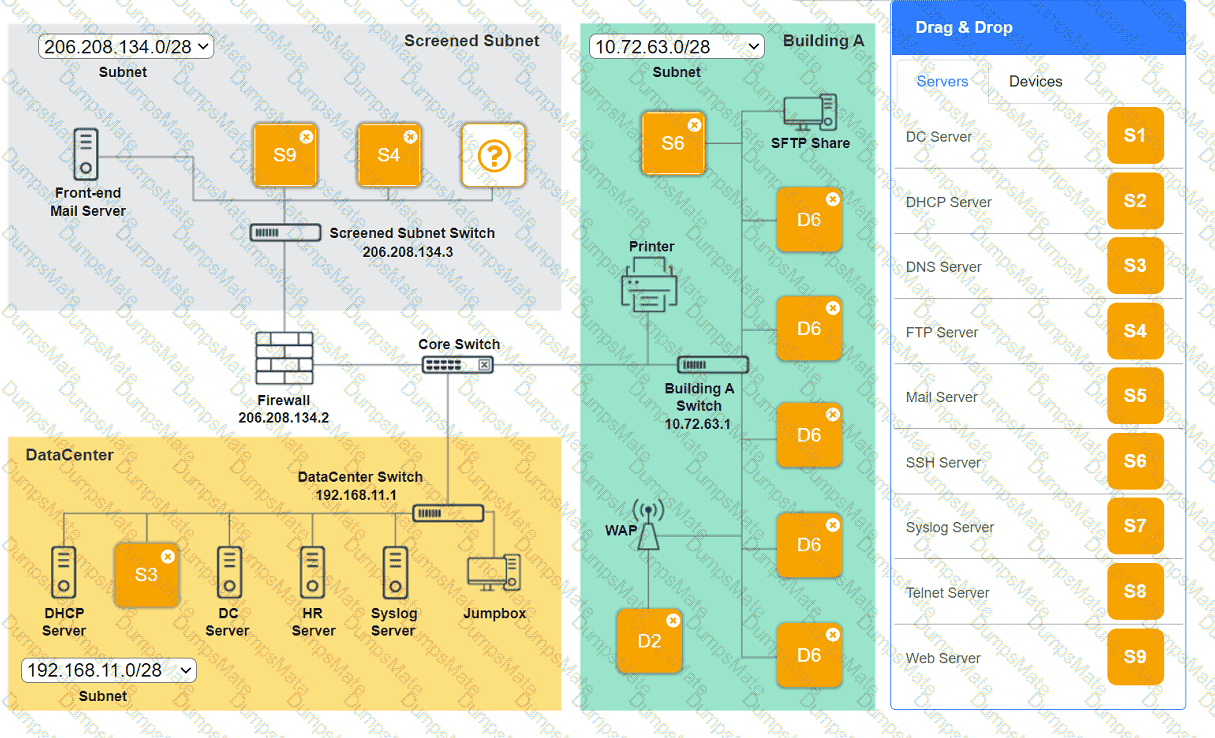 A screenshot of a computer AI-generated content may be incorrect.
A screenshot of a computer AI-generated content may be incorrect.